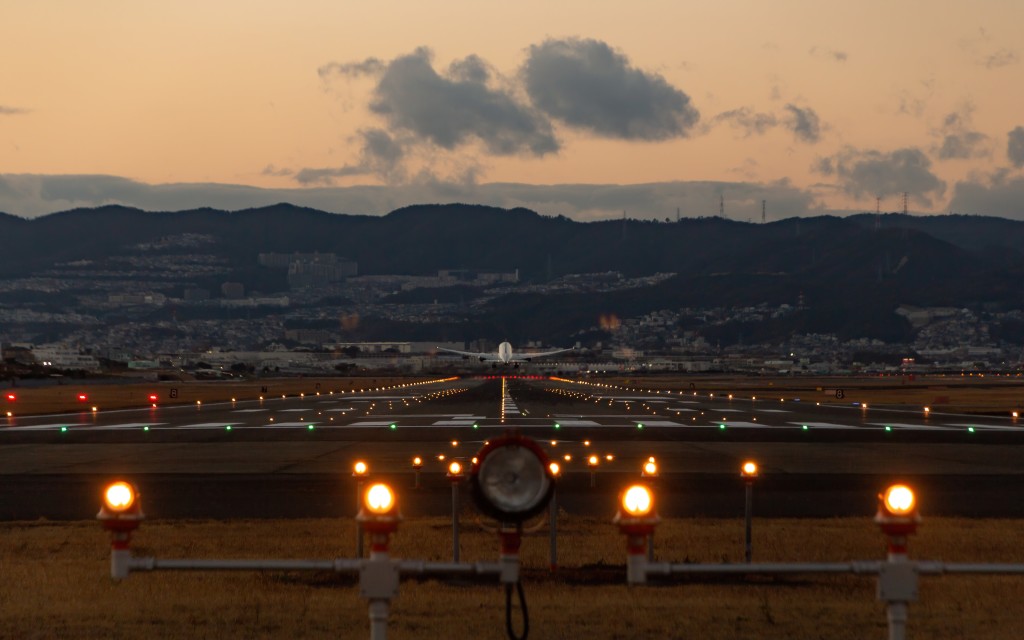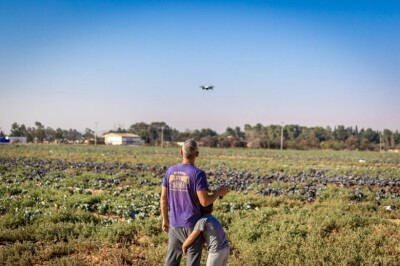The safety record of the commercial airline industry in the USA is a staggering zero accidents over ten years and more than nine billion passengers without a fatality attributable to air traffic control mishaps or pilot errors. This is in large part to its strict and costly regulatory guidelines and procedures. With the FAA seeking to apply similar types of regulatory restrictions to certain types of unmanned aircraft, the cost to fly could become too steep for many in the industry to play.
Certification of aircraft is a thorny issue that needs to be addressed through negotiations and compromise. Certification of a jet aircraft costs millions and takes years to obtain. If we were to apply the same certification standards of commercial airliners to drones, the industry would disappear in a matter of days.
This means that adding UAVs into the national airspace (NAS) will require more than just more regulations from the FAA; it will require a concerted effort from the industry and regulatory bodies to find a middle ground in which current NAS safety standards are preserved, while allowing for smaller unmanned aircrafts to share the benefits of using this precious commodity known as national airspace without breaking the bank.
The question is do we lower the standards for drones? There’s no easy answer to this question but the fact remains that, even though they share the same airspace with jetliners, UAVs fly slower, lower and, currently, carry no passengers. Therefore, there seems to be room for compromise in certification. But, at the end of the day, the requirements to certify an unmanned aircraft to join airliners in the NAS will one day be more stringent and more expensive than they are today.
This leads to another question, what about air traffic control (ATC) and unmanned traffic management (UTM)? Are they to be integrated in order for the system to work seamlessly? This is unlikely. Air traffic controllers today are working at capacity and the FAA recently made a call to the community looking for new recruits to fill the ranks of retiring controllers. The median salary for an ATC specialist is around $125,000 so you can imagine the amount of people applying, but the demands of the job also result in a high turnaround rate.
We can’t propose that the addition of UAVs to the NAS will mean more workload for ATC. This is not only unrealistic but will place the entire system at risk of collapsing, hence endangering lives and increasing costs for everyone.
So, from the point of view of the operational environment we have several challenges that we are working through: pilots which has been partially addressed by Part 107 (except for BVLOS and OOP), we have the problematic certification that was recently proposed by the FAA, and finally we have the ATC/UTM conundrum.
A few days ago Skygrid, a Boeing company, released a very interesting statement announcing the release of a new Hyper-Local Weather Data Service to support unmanned operations. This announcement will address one of the most treacherous aspects of flying, which is weather. For UAV’s operating low and slow, hyper-local weather information sounds like a great idea.
Almost simultaneously NASA and Collins Aerospace announced they are “cooperating on the development of a Command Non-Payload Control (CNPC) data link waveform that informed the initial certification standards for UAVs Command and Control in the NAS.” This technology will allow drones to effectively conduct complex operations such as flights BVLOS or above 500 feet, advancing the cause of enabling UAVs to operate safely in the NAS.
We seem to be working in parallel on these issues, but there are other provisions, “what if scenarios,” we will need to address if integration is going to be successful.
One huge difference between commercial airliners and UAVs is that while airliners operate from specific locations (airports) with multiple but precise and standardized approaches that have been mapped and planned, drones don’t have this kind of regimentation. Because drones are aircraft performing multiple tasks, like delivering a package from a retailer distribution center to the back patio of a small house, they don’t have standardized take-off or landing locations or predictable flight paths/approaches. For these types of operations, extremely precise mapping will be required to avoid hitting terrain features and certain aerial hazards such as electric wires, trees, and other aircraft.
The problem is that since the launch of mapping satellites in the early 1960’s precise photogrammetry is a dying art and companies that used to be profitable by maintaining healthy fleets of cartographic aircraft are disappearing at an alarming rate. Today, our navigational needs in our phone and cars don’t need such a robust system in order to get people from point A to point B, it only requires a few feet of accuracy to serve as background to a navigation application. This is a potential problem.
For package distribution and most other UAV applications, precise mapping in the order of a few inches of error will be required to guarantee safe arrivals and departures from complex urban settings.
It is a given that most UAVs will be equipped with simple radars and detect-and-avoid systems, but in order to get a high-level of precision for more complex operations, they will require better mapping solutions. However, the more equipment we add to the aircraft for precision or to meet FAA regulatory standards, the less it will be able to transport revenue-generating cargo and that is never a winning proposition for Corporate America.
In conclusion, while the FAA focuses on certification and pilot training requirements and the industry perfects the designs of its existing models, further attention will have to be paid to the details of the “what if scenario” when we are finally given the green light to add our commercial unmanned vehicles into the NAS, and we will be expected to show results. Similar to the arrival of every other disruptive technology, the reality of becoming mainstream is less glamorous than the days when we were fighting just to join it.















Comments